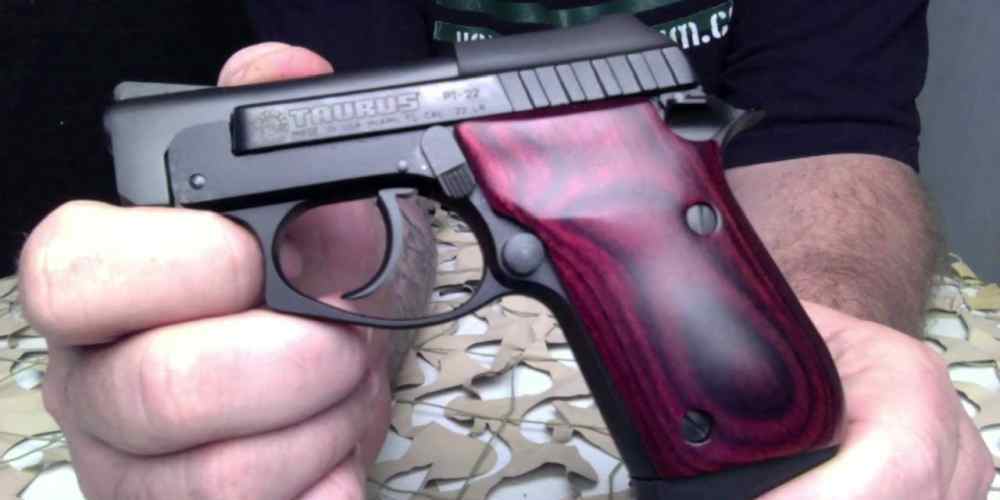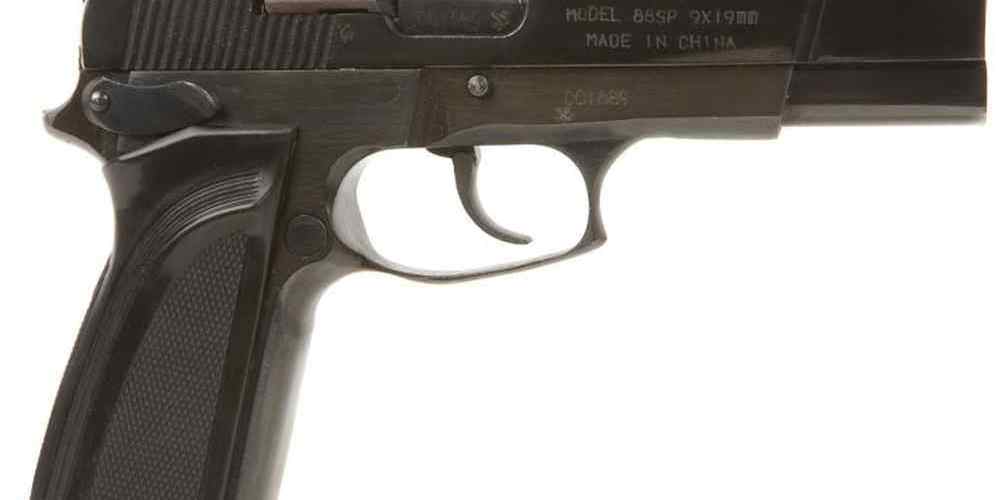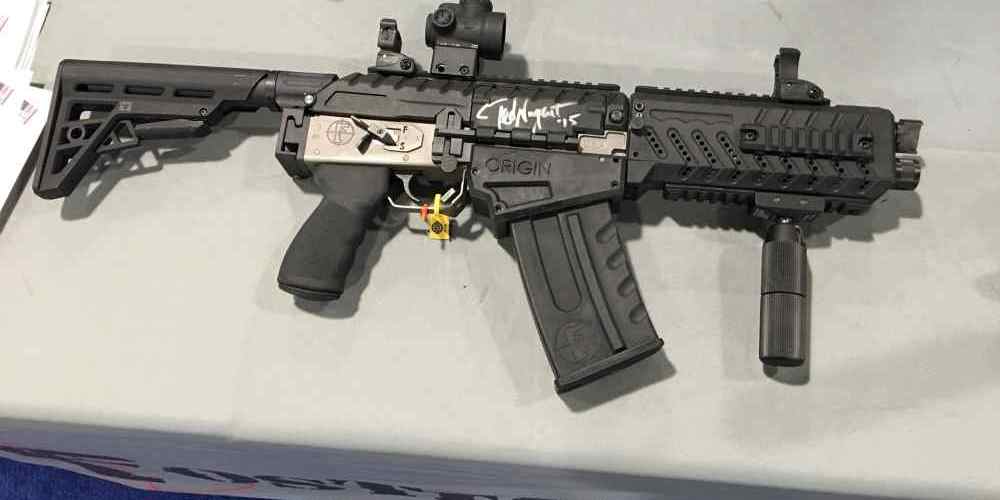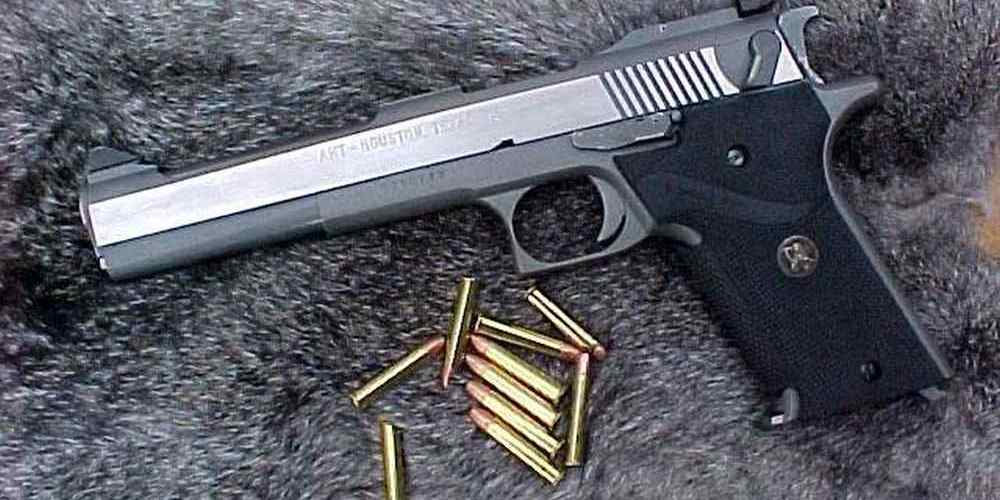“Precision and accuracy every shot, guaranteed with our laser sight alignment and troubleshooting for semi-autos.”
Importance of Proper Laser Sight Alignment
Laser sight alignment is a crucial aspect of using a semi-automatic firearm effectively. Proper alignment ensures that the laser is accurately pointing at the target, increasing the shooter’s accuracy and overall performance. In this article, we will discuss the importance of proper laser sight alignment and provide some troubleshooting tips for common alignment issues.
One of the main reasons why proper laser sight alignment is essential is that it helps shooters achieve better accuracy. When the laser is aligned correctly, it provides a visual reference point for where the bullet will hit the target. This can be especially helpful in low-light situations or when shooting at long distances. By ensuring that the laser is properly aligned, shooters can improve their accuracy and increase their chances of hitting the target.
Another reason why proper laser sight alignment is important is that it can help shooters maintain consistency in their shooting technique. When the laser is consistently pointing at the same spot on the target, shooters can more easily replicate their shots and make adjustments as needed. This can be particularly useful for competitive shooters who need to maintain a high level of accuracy throughout a match.
In addition to improving accuracy and consistency, proper laser sight alignment can also help shooters identify and correct any issues with their shooting technique. If the laser is consistently off target, it may indicate that the shooter is not holding the firearm correctly or is flinching when pulling the trigger. By addressing these issues and making adjustments to their technique, shooters can improve their overall performance and become more proficient with their firearm.
Despite the importance of proper laser sight alignment, shooters may encounter some common issues that can affect the alignment of their laser. One common problem is that the laser may drift off target over time, especially if the firearm is subjected to recoil or other forces. To address this issue, shooters can periodically check the alignment of their laser and make any necessary adjustments to ensure that it is pointing at the target accurately.
Another common issue with laser sight alignment is that the laser may be misaligned with the barrel of the firearm. This can result in the bullet hitting a different spot on the target than where the laser is pointing. To correct this issue, shooters can use a laser bore sighter to align the laser with the barrel of the firearm and ensure that they are both pointing in the same direction.
In conclusion, proper laser sight alignment is essential for shooters using semi-automatic firearms. It can improve accuracy, consistency, and help shooters identify and correct any issues with their shooting technique. By understanding the importance of proper laser sight alignment and addressing common alignment issues, shooters can enhance their performance and become more proficient with their firearm.
Common Issues with Laser Sight Alignment on Semi-Autos
Laser sight alignment is a crucial aspect of shooting accurately with a semi-automatic handgun. When properly aligned, a laser sight can greatly improve your shooting accuracy and target acquisition. However, there are common issues that shooters may encounter when trying to align their laser sights on semi-autos.
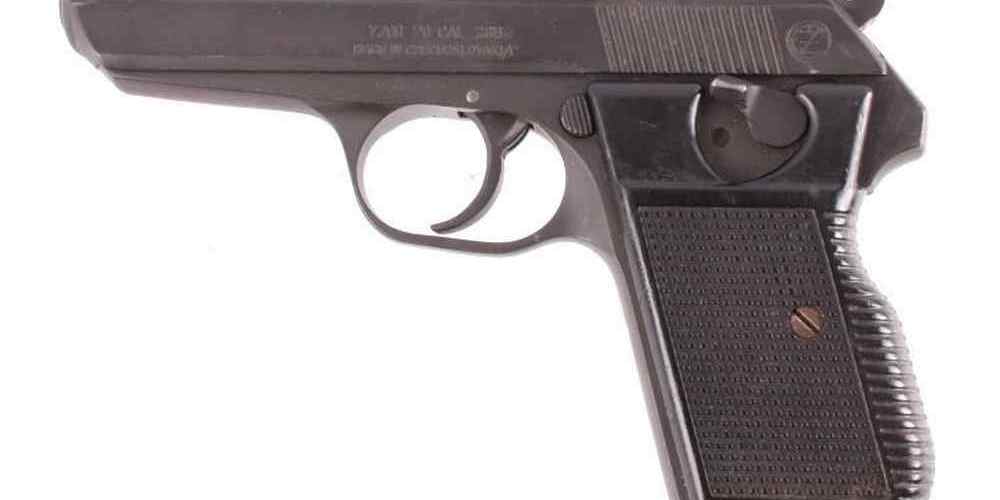
One common issue is the misalignment of the laser sight with the barrel of the gun. This can happen if the laser sight is not properly installed or if the gun itself is not properly aligned. To troubleshoot this issue, first ensure that the laser sight is securely attached to the gun and that it is aligned with the barrel. If the laser sight is still misaligned, you may need to adjust the windage and elevation settings on the sight to bring it into alignment with the barrel.
Another common issue is the visibility of the laser sight in bright daylight conditions. Some laser sights may be difficult to see in bright sunlight, making it challenging to use them effectively outdoors. To address this issue, consider using a laser sight with a higher power output or one that is specifically designed for use in bright daylight conditions. Additionally, you can try using a laser sight with a different color laser beam, as some colors may be more visible in bright sunlight than others.
Additionally, shooters may encounter issues with the battery life of their laser sights. If the battery in your laser sight is running low, the laser may become dim or unreliable, making it difficult to use effectively. To troubleshoot this issue, replace the battery in your laser sight with a fresh one and ensure that it is properly installed. It is also a good idea to carry spare batteries with you when using a laser sight to ensure that you can quickly replace them if needed.
Another common issue with laser sight alignment on semi-autos is the drift of the laser beam over time. This can happen if the gun is subjected to recoil or if the laser sight is not securely attached to the gun. To address this issue, regularly check the alignment of your laser sight and make any necessary adjustments to ensure that it remains properly aligned. Additionally, consider using a laser sight with a locking mechanism to prevent it from drifting during use.
In conclusion, laser sight alignment is an important aspect of shooting accurately with a semi-automatic handgun. By addressing common issues such as misalignment, visibility in bright daylight conditions, battery life, and drift over time, shooters can ensure that their laser sights are effective and reliable tools for improving shooting accuracy. By troubleshooting these issues and making any necessary adjustments, shooters can enjoy the benefits of using a laser sight on their semi-autos with confidence and precision.
How to Troubleshoot Laser Sight Alignment Problems
Laser sights are a popular accessory for semi-automatic handguns, providing shooters with a precise aiming point for improved accuracy. However, like any piece of equipment, laser sights can sometimes experience alignment issues that can affect their performance. In this article, we will discuss how to troubleshoot laser sight alignment problems on semi-automatic handguns.
One common issue that shooters may encounter with their laser sight is misalignment. This can occur if the laser is not properly zeroed in with the firearm’s sights, resulting in the laser dot not lining up with where the bullet will impact. To correct this issue, shooters can adjust the windage and elevation settings on the laser sight to ensure that the laser dot aligns with the point of impact.
To adjust the windage and elevation settings on a laser sight, shooters will typically use small adjustment screws located on the sight itself. By turning these screws in small increments, shooters can move the laser dot left or right (windage) and up or down (elevation) until it lines up with the point of impact. It is important to make these adjustments in a controlled and deliberate manner to avoid overcompensating and causing the laser sight to become misaligned in the opposite direction.
Another common issue that shooters may encounter with their laser sight is a dim or flickering laser dot. This can be caused by a variety of factors, including a low battery, a loose connection, or a damaged laser diode. To troubleshoot this issue, shooters should first check the battery level of the laser sight and replace it if necessary. If the battery is not the issue, shooters should inspect the connections between the laser sight and the firearm to ensure that they are secure and free of debris.
If the laser sight is still not functioning properly, shooters may need to disassemble the sight and inspect the laser diode for damage. If the diode appears to be damaged or malfunctioning, shooters may need to replace it with a new one to restore the laser sight to proper working order.
In addition to alignment and brightness issues, shooters may also encounter problems with the activation switch on their laser sight. If the switch is difficult to operate or does not respond consistently, shooters should first check for any obstructions or debris that may be interfering with the switch’s operation. If the switch appears to be clean and free of obstructions, shooters may need to disassemble the sight and inspect the switch for damage or wear. If the switch is damaged, shooters may need to replace it with a new one to ensure reliable operation.
In conclusion, laser sights are a valuable tool for improving accuracy and target acquisition on semi-automatic handguns. However, shooters may encounter alignment issues, dim or flickering laser dots, or problems with the activation switch that can affect the performance of their laser sight. By following the troubleshooting tips outlined in this article, shooters can address these issues and ensure that their laser sight is functioning properly for optimal performance on the range or in the field.
Tips for Maintaining Laser Sight Accuracy on Semi-Autos
Laser sights are a popular accessory for semi-automatic handguns, providing shooters with a precise aiming point for improved accuracy. However, like any piece of equipment, laser sights require proper alignment and maintenance to ensure they function correctly. In this article, we will discuss some tips for maintaining laser sight accuracy on semi-autos, as well as troubleshooting common issues that may arise.
One of the most important aspects of maintaining laser sight accuracy is ensuring proper alignment. Before using your laser sight, it is essential to zero it in to ensure that the laser is aligned with the point of impact of your bullets. This can be done by adjusting the windage and elevation settings on the laser sight until the laser dot lines up with where your bullets are hitting the target. It is recommended to zero your laser sight at a distance that you typically shoot at, such as 25 yards.
To maintain proper alignment, it is essential to periodically check and adjust your laser sight as needed. Factors such as recoil, temperature changes, and rough handling can cause your laser sight to become misaligned over time. Regularly shooting your handgun and checking the alignment of your laser sight can help ensure that it remains accurate.
In addition to alignment, it is crucial to keep your laser sight clean and free of debris. Dust, dirt, and residue can accumulate on the lens of your laser sight, affecting the visibility of the laser dot. To clean your laser sight, use a soft, lint-free cloth to gently wipe away any dirt or debris. Avoid using harsh chemicals or abrasive materials, as these can damage the lens of your laser sight.
Another important aspect of maintaining laser sight accuracy is ensuring that the batteries are properly charged or replaced. A weak or dead battery can cause your laser sight to dim or flicker, making it difficult to see the laser dot. It is recommended to regularly check the battery level of your laser sight and replace the batteries as needed. Some laser sights come with a low battery indicator to alert you when the batteries need to be replaced.
If you encounter issues with your laser sight, such as a dim or flickering laser dot, there are a few troubleshooting steps you can take. First, check the battery level and replace the batteries if necessary. If the issue persists, check the alignment of your laser sight and make any necessary adjustments. If you are still experiencing problems, contact the manufacturer of your laser sight for further assistance.
In conclusion, maintaining laser sight accuracy on semi-automatic handguns requires proper alignment, cleaning, and battery maintenance. By following these tips and troubleshooting common issues, you can ensure that your laser sight remains accurate and reliable. Remember to regularly check and adjust your laser sight to keep it functioning at its best. With proper care and maintenance, your laser sight can enhance your shooting experience and improve your accuracy on the range.
Benefits of Using Laser Sights for Self-Defense with Semi-Autos
Laser sights are a valuable tool for anyone who owns a semi-automatic handgun for self-defense. They provide a visual aid for aiming in high-stress situations, allowing for quicker and more accurate target acquisition. In this article, we will discuss the benefits of using laser sights with semi-autos, as well as how to properly align and troubleshoot them.
One of the main advantages of using a laser sight with a semi-automatic handgun is the increased accuracy it provides. In a self-defense situation, every second counts, and having a laser sight can help you quickly and effectively aim at your target. This can be especially useful in low-light conditions or when shooting from awkward positions.
Another benefit of using a laser sight is the intimidation factor it can have on potential threats. The sight of a red dot on their chest may be enough to deter an attacker and prevent a violent encounter. Additionally, having a laser sight can give you added confidence in your shooting abilities, knowing that you have a precise aiming tool at your disposal.
When it comes to aligning a laser sight on a semi-automatic handgun, there are a few key steps to follow. First, ensure that the sight is securely attached to the firearm and properly aligned with the barrel. This can be done by adjusting the windage and elevation settings on the sight until the laser dot lines up with the point of impact of your shots.
It is also important to zero in your laser sight at a specific distance, typically around 25 yards. This will ensure that the laser dot is accurate at that distance, making it easier to hit your target when it matters most. Remember to practice shooting with your laser sight regularly to maintain proficiency and ensure that it is properly aligned.
If you encounter any issues with your laser sight, such as a dim or flickering laser dot, there are a few troubleshooting steps you can take. First, check the batteries to ensure they are properly installed and fully charged. If the issue persists, try cleaning the lens of the sight with a soft cloth to remove any dirt or debris that may be obstructing the laser beam.
If you are still experiencing problems with your laser sight, it may be time to consult the manufacturer for further assistance. They may be able to provide troubleshooting tips or recommend sending the sight in for repairs. Remember that regular maintenance and care of your laser sight will help ensure its reliability and effectiveness when you need it most.
In conclusion, laser sights are a valuable tool for self-defense with semi-automatic handguns, providing increased accuracy and confidence in high-stress situations. By properly aligning and troubleshooting your laser sight, you can ensure that it is always ready to assist you in protecting yourself and your loved ones. Practice regularly with your laser sight to maintain proficiency and stay prepared for any potential threats that may arise.




